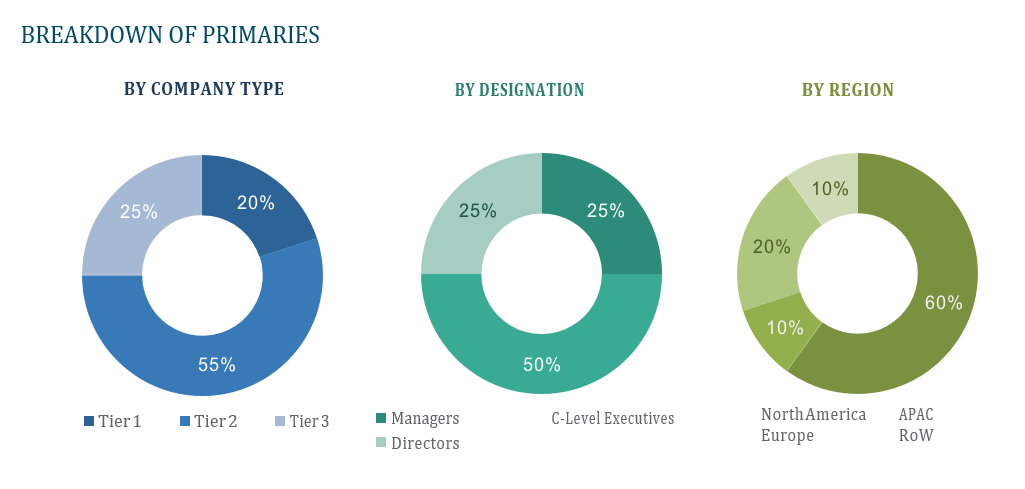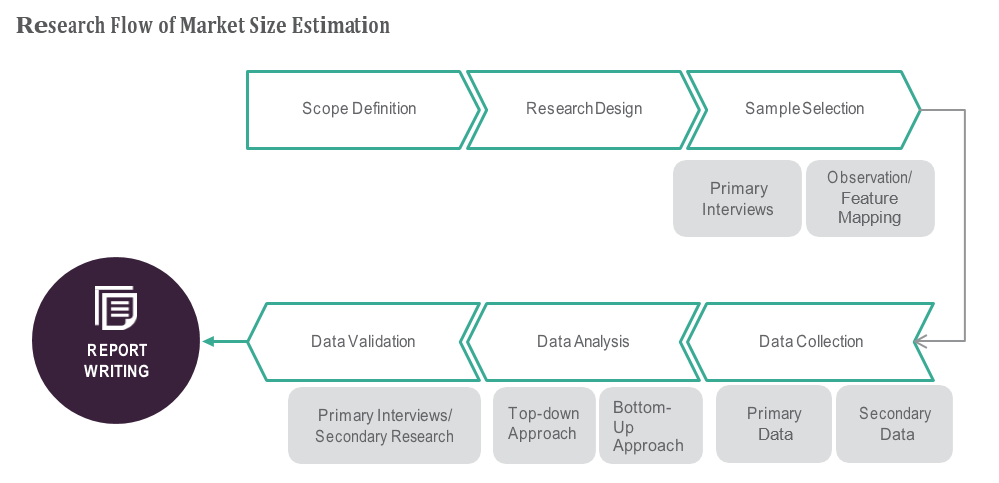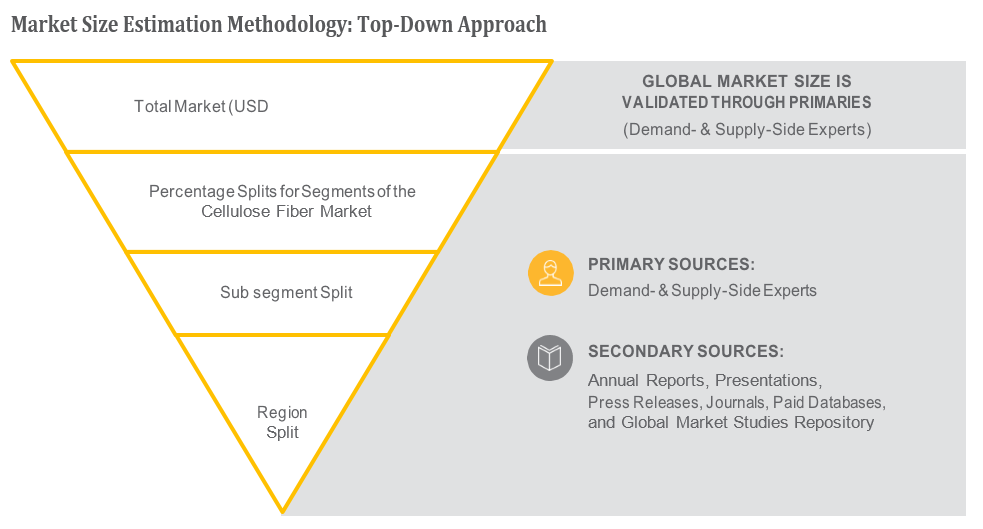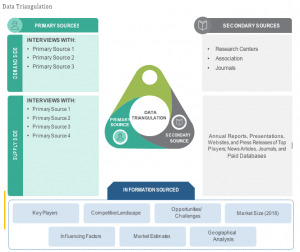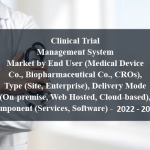OVERVIEW
The Sepsis Diagnostics Market is currently valued at USD 634 million in 2024 and will be growing at a CAGR of 7% over the forecast period to reach an estimated USD 890 million in revenue in 2029. The sepsis diagnostics market encompasses a wide array of diagnostic tools and techniques aimed at early detection and management of sepsis, a life-threatening condition triggered by the body’s response to infection. This market is driven by the urgent need for accurate and rapid diagnostic solutions to combat the high mortality rates associated with sepsis. Various diagnostic methods, including blood culture, molecular diagnostics, immunoassays, and biomarker detection, are employed to identify the presence of pathogens or abnormal immune responses indicative of sepsis. Technological advancements, such as the development of point-of-care testing and automated systems, are further enhancing the efficiency and accessibility of sepsis diagnostics. Additionally, increasing awareness about sepsis among healthcare professionals and the general population is fueling market growth, as early intervention is crucial for improving patient outcomes and reducing healthcare costs associated with sepsis-related complications.
In the sepsis diagnostics market, key offerings include a diverse range of diagnostic tools and solutions tailored to efficiently detect and manage sepsis. These offerings encompass innovative technologies such as molecular diagnostics, immunoassays, and biomarker detection systems, designed to swiftly identify the presence of pathogens or abnormal immune responses indicative of sepsis. Additionally, automated systems and point-of-care testing solutions are increasingly prevalent, offering rapid and accurate results to aid clinicians in making timely treatment decisions. Moreover, comprehensive support services, including training, maintenance, and data analytics, are essential components of key offerings, ensuring healthcare providers have the necessary resources to effectively utilize these diagnostic solutions and optimize patient outcomes.
Table of Content
Market Dynamics
Drivers:
In the sepsis diagnostics market, key offerings include a diverse range of diagnostic tools and solutions tailored to efficiently detect and manage sepsis. These offerings encompass innovative technologies such as molecular diagnostics, immunoassays, and biomarker detection systems, designed to swiftly identify the presence of pathogens or abnormal immune responses indicative of sepsis. Additionally, automated systems and point-of-care testing solutions are increasingly prevalent, offering rapid and accurate results to aid clinicians in making timely treatment decisions. Moreover, comprehensive support services, including training, maintenance, and data analytics, are essential components of key offerings, ensuring healthcare providers have the necessary resources to effectively utilize these diagnostic solutions and optimize patient outcomes.
Key Offerings:
The rising prevalence of sepsis globally, coupled with the increasing incidence of hospital-acquired infections, underscores the critical need for advanced diagnostic solutions to facilitate early detection and prompt intervention. Technological advancements, such as the development of rapid diagnostic tests and automated systems, enable healthcare professionals to swiftly and accurately diagnose sepsis, thereby reducing mortality rates and improving patient outcomes. Moreover, growing awareness among healthcare providers and policymakers about the economic burden associated with sepsis-related complications fuels the demand for innovative diagnostic tools that can streamline patient management and optimize resource utilization. Additionally, favorable government initiatives and investments in healthcare infrastructure, particularly in emerging economies, further stimulate market growth by enhancing accessibility to advanced diagnostic technologies and promoting early intervention strategies to combat sepsis.
Restraints :
The market for sepsis diagnostics is constrained in various ways, despite its encouraging development potential. Lack of standardised diagnostic criteria for sepsis is a major obstacle that prevents the broad implementation of particular diagnostic tests and causes diversity in diagnostic accuracy. In addition, impediments to market expansion include the high cost of modern diagnostic technology and restricted reimbursement regulations in some areas, especially in settings with limited resources. Furthermore, it is difficult to create universally useful diagnostic tools that can reliably identify sepsis in a variety of clinical circumstances due to the complexity of the pathophysiology of sepsis and the heterogeneity of patient groups. Furthermore, the entrance of novel diagnostic technologies into the market may be restricted and the pace of innovation slowed down by regulatory obstacles and strict approval processes for new diagnostic tests. To overcome these obstacles, stakeholders must work together to streamline regulatory routes, standardise diagnostic standards, and increase cost-effectiveness in order to hasten the creation and use of cutting-edge sepsis diagnostic technologies.
Regional Information:
• In North America, the sepsis diagnostics market is driven by factors such as the high prevalence of sepsis, advanced healthcare infrastructure, and robust research and development activities. The presence of key market players and favorable government initiatives aimed at improving sepsis management further contribute to market growth in this region. Moreover, increasing awareness among healthcare professionals and the general population about the importance of early sepsis detection fuels the demand for innovative diagnostic solutions.
• In Europe, stringent regulatory standards and a growing emphasis on healthcare quality and patient safety drive market growth. The region benefits from well-established healthcare systems and a strong focus on research, fostering the development and adoption of advanced diagnostic technologies for sepsis.
• The Asia Pacific region, the market is characterized by rapid urbanization, increasing healthcare expenditure, and expanding access to healthcare services, particularly in emerging economies such as China and India. Rising incidences of sepsis and government initiatives to improve healthcare infrastructure contribute to market expansion in this region. However, challenges related to healthcare accessibility and affordability remain significant barriers to market growth in certain parts of Asia Pacific.
Recent Developments:
• In April 2023, BioMérieux launched BIOFIRE FIREWORKS, an integrated software solution for BIOFIRE Systems optimizing laboratory services and supporting data-driven decisions.
• In May 2023, Sysmex Corporation launched clinical flow cytometry system Flow Cytometer XF-1600, Sample Preparation System PS-10, antibody reagents, and other related products in Japan.
Key Players:
BioMérieux SA, Becton, Dickinson, Danaher Corporation, Thermo Fisher Scientific Inc., Abbott Laboratories, Roche Diagnostics, Siemens Healthineers, T2 Biosystems, Inc., Cepheid, and Luminex Corporation.
1) What is the projected market value of the Sepsis Diagnostics Market ?
– The Sepsis Diagnostics Market is expected to reach an estimated value of USD 890 million in revenue by 2029.
2) What is the estimated CAGR of the Sepsis Diagnostics Market over the 2024 to 2029 forecast period?
– The CAGR is estimated to be 7% for the Sepsis Diagnostics Market over the 2024 to 2029.
3) Who are the key players in the Sepsis Diagnostics Market ?
– BioMérieux SA, Becton, Dickinson, Danaher Corporation, Thermo Fisher Scientific Inc., Abbott Laboratories, Roche Diagnostics, Siemens Healthineers, T2 Biosystems, Inc., Cepheid, and Luminex Corporation.
4) What are the drivers for the Sepsis Diagnostics Market ?
– The sepsis diagnostics market offers a variety of diagnostic tools and solutions, including molecular diagnostics, immunoassays, biomarker detection systems, automated systems, point-of-care testing solutions, and comprehensive support services. These technologies help detect and manage sepsis, aiding clinicians in making timely treatment decisions.
5) What are the restraints and challenges in the Sepsis Diagnostics Market ?
– The sepsis diagnostics market faces challenges such as standardized diagnostic criteria, high costs, limited reimbursement policies, and the complexity of sepsis pathophysiology. Additionally, regulatory hurdles and stringent approval processes may hinder innovation. To address these restraints, stakeholders must collaborate to standardize diagnostic criteria, improve cost-effectiveness, and enhance regulatory pathways for the development and adoption of innovative sepsis diagnostic solutions.
6) What are the key applications and offerings of the Sepsis Diagnostics Market ?
– The global rise in sepsis and hospital-acquired infections necessitates advanced diagnostic solutions for early detection and prompt intervention. Technological advancements, awareness of economic burden, and government investments in healthcare infrastructure stimulate market growth. These tools help reduce mortality rates and improve patient outcomes.
7) Which region is expected to drive the market for the forecast period?
– North America is expected to have the highest market growth from 2024 to 2029
Why Choose Us?
Insights into Market Trends: Global Market Studies reports provide valuable insights into market trends, including market size, segmentation, growth drivers, and market dynamics. This information helps clients make strategic decisions, such as product development, market positioning, and marketing strategies.
Competitor Analysis: Our reports provide detailed information about competitors, including their market share, product offerings, pricing, and competitive strategies. This data can be used to inform competitive strategies and to identify opportunities for growth and expansion.
Industry Forecasts: Our reports provide industry forecasts, which will inform your business strategies, such as investment decisions, production planning, and workforce planning. These forecasts can help you to prepare for future trends and to take advantage of growth opportunities.
Access to Industry Experts: Our solutions include contributions from industry experts, including analysts, consultants, and subject matter experts. This access to expert insights can be valuable for you to understand the market.
Time and Cost Savings: Our team at Global Market Studies can save you time and reduce the cost of conducting market research by providing comprehensive and up-to-date information in a single report, avoiding the need for additional market research efforts.


